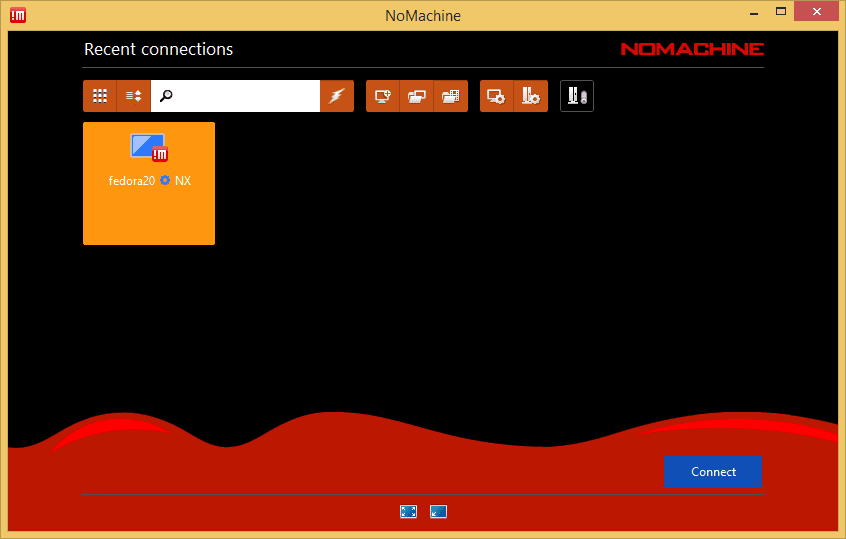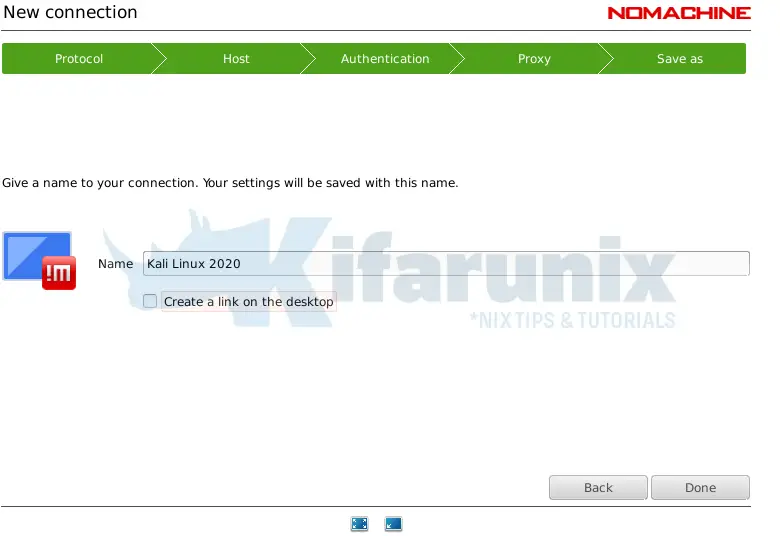

In the case of connections by NoMachine, it's preferable to choose to run GDM/GNOME desktops on Wayland than other display managers. In other cases, such as with new installations of Ubuntu 18.04, X.org is the default display server but Wayland is provided as an option. On some Linux distributions such as Fedora 27 or later and Ubuntu 17.10, Wayland is enabled by default but it's still possible to switch back to X.org. Support for Wayland may also be added in any of the next releases of lightweight desktops such as Xfce and Mate. The Wayland display server protocol ( ), is supported by desktop environments such as GNOME 3.20+ or later, KDE Plasma 5.4 or later, Enlightment and Hawaii. 6.1, NoMachine is able to connect to Linux physical desktops on Wayland. There are also versions available for Android, iOS and Raspberry Pi.Starting from v.

You can find out more and download NoMachine 7 for Windows, Mac and Linux. For anyone using NoMachine Terminal Server to connect to a Linux system, the software will now give a choice between all available desktop environments rather than just running the default one. Other improvements and additions in this version include automatic screen recording when a session starts. In NoMachine 7 it has been made easier than ever to configure and establish remote connections. NoMachine can now also make use of wake-on-LAN to wakeup systems on the same network. There's now much better support for multi-monitor environments, as well as support for authentication with separate accounts in multi-server environments. Server and player configuration options are grouped together for ease of access and each session opens in a new window so configurations is still possible without having to navigate back and forth. From a purely aesthetic point of view, the visible changes to the monitor menu across platforms makes for better integration, but it is the changes to the connection manager that will be most welcomed.


 0 kommentar(er)
0 kommentar(er)
